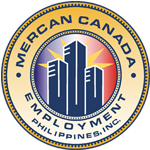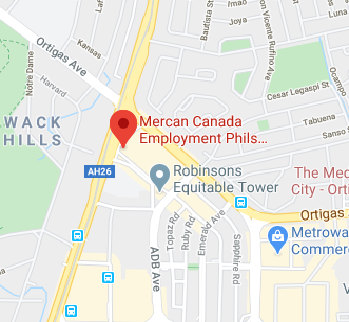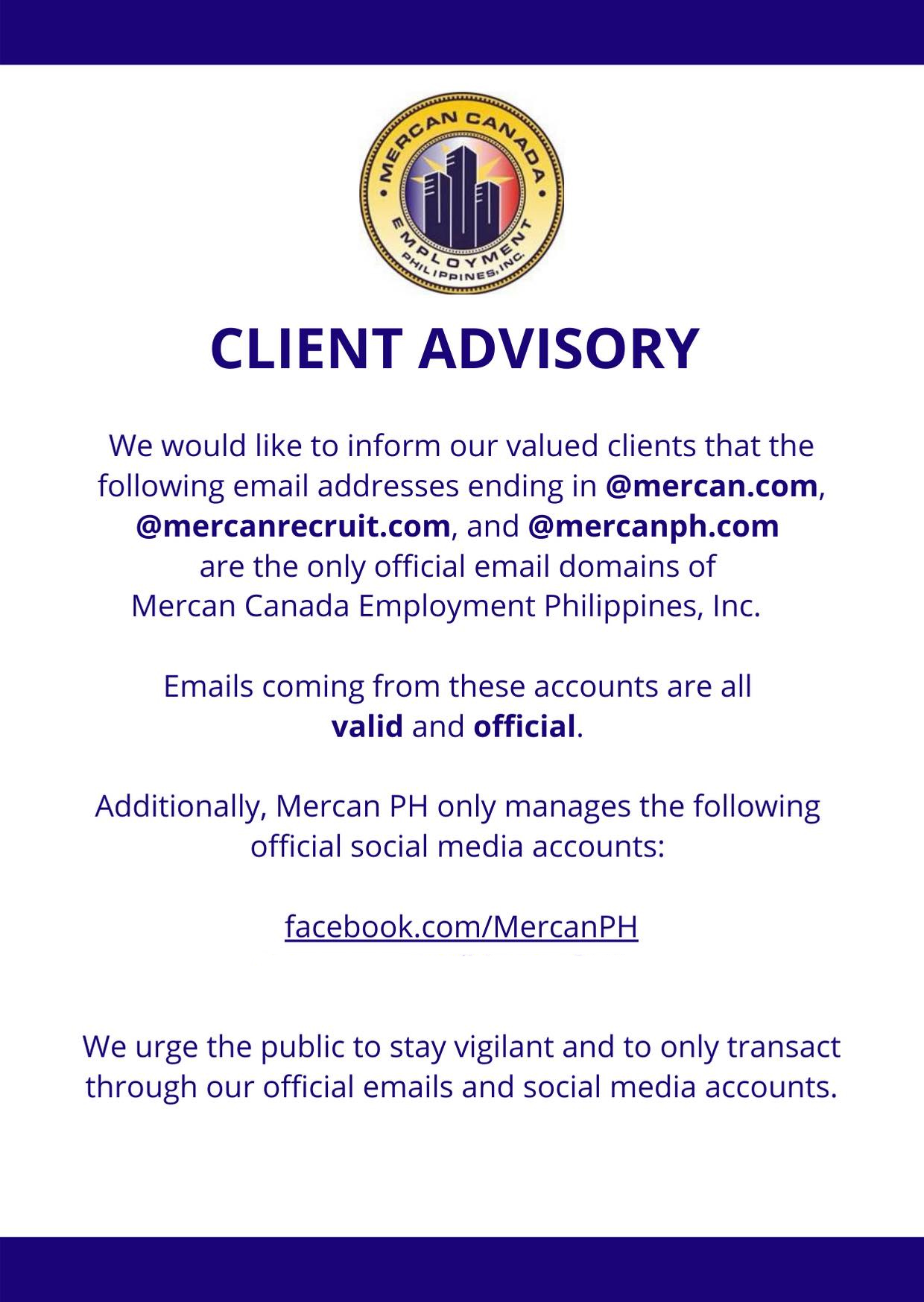Seasonal Agricultural Worker Program (SAWP) – Temporary Foreign Worker Program
In these instructions “officers” refers to both employees of Immigration, Refugees and Citizenship Canada and of the Canada Border Services Agency.
The Seasonal Agricultural Worker Program (SAWP) was created through bilateral agreements between Canada and the participating countries. The program falls under subparagraph R200(1)(c)(iii), as a labour market impact assessment is required.
Under this program, employers can hire temporary foreign workers (TFWs) from participating countries for a maximum period of 8 months, between January 1 and December 15, provided they are able to offer the workers a minimum of 240 hours of work within a period of 6 weeks or less.
These instructions should be reviewed in conjunction with the following:
On this page:
Eligibility requirements
To be eligible for a work permit issued in the SAWP, the foreign national must meet the following requirements:
- be a citizen of a country with a SAWP agreement
- Mexico
- Caribbean countries of:
- Anguilla
- Antigua and Barbuda
- Barbados
- Dominica
- Grenada
- Jamaica
- Montserrat
- St. Kitts and Nevis
- St. Lucia
- St. Vincent and the Grenadines
- Trinidad and Tobago
- have an initial employer with a positive LMIA that meets the following eligibility criteria:
- the production must be in specific Commodity Sectors
- the prevailing wage for that commodity
- the activity must be related to “on farm primary agriculture”
- have their work permit application submitted on their behalf by their government organization
- As per the agreements, the foreign government must select the SAWP participants.
- be able to perform the work sought
- For example, they must be physically able to work in harsh conditions and conduct repetitive labour.
- are not submitting their application at a port of entry
Documentary evidence
While the foreign government submits the applications on behalf of the worker, the onus is on the applicant to demonstrate that they meet the eligibility requirements and will be able to perform the work being sought, as stated in the LMIA.
The application should include:
- full payment
- applications that do not include full payment should be rejected and returned.
- a copy of the valid LMIA
- a copy of their job offer, contract or letter from the applicable foreign ministry of labour
Migration offices may also have certain requirements for workers based on local conditions and considerations. These are listed in the migration office–specific document checklists. The onus is on the applicant and/or the foreign government applying on their behalf to ensure that any other applicable requirements are met.
Application assessment
Officers must be satisfied that all eligibility and admissibility requirements are met at the time of decision on a work permit application.
When assessing applications for SAWP, officers must determine whether the applicant can perform the work sought in Canada.
When assessing whether the applicant meets the requirements of the occupation they are applying for, officers should review the LMIA, the offer of employment, or the letter from the foreign government.
LMIA
Under the Employment details tab, GCMS will also display all relevant LMIA information related to
- LMIA Stream
- LMIA Validity Period: Applications for work permits must be submitted prior to this date.
- Employer Information: Legal business name and business address of the employer
- NOC Code and Title – Determined by ESDC based on the information in the LMIA application. It includes the NOC code and the title as stated in the NOC.
- Job Title – The title of the position, as stated by the employer
- Number of Positions – Total number of people the LMIA covers, and the total number of work permits to be issued based on the specific LMIA
- Education Requirements
- Language Requirements
- Duration of Employment: The length of time specified corresponds to the length of the work permit
- Location of Employment: The physical address of the employment
- Hours of work per day/week
- Requirements
- ESDC Comments: This is the field that ESDC uses to provide notes or comments directed to IRCC. Officers processing work permit applications should review any text in this field for updates.
Employment and Social Development Canada (ESDC) assesses whether the employment of a foreign national will have a positive or neutral effect on the labour market in Canada.
Once an LMIA has been approved by ESDC, the foreign government will submit a work permit application on behalf of a foreign national. IRCC officers will then assess the documents provided as well as the eligibility and admissibility of the foreign national.
For other LMIA-required streams, the foreign workers’ names must be listed in the LMIA at the time of submission of their application. However, under the SAWP, the processing officer may not see the names listed on the LMIA because for the SAWP, the name matching is done at a later stage. The names of the workers are not required upon the submission of a SAWP work permit application. However, the LMIA provides specific details about the job offer, such as the wages, working conditions and occupations, as well as a system file number.
Once the positive LMIA letter is received, it is the employer’s responsibility to send a copy of this letter and the employment contract, signed by the employer, to the foreign governments’ ministry of labour.
The matching between LMIA spots or positions available against the number of workers is done at a later stage. This matching is done based on the number of LMIA positions and applications submitted, once the eligibility has been passed and the application is ready for approval.
If the province of destination is Quebec, the workers must first obtain the consent of Quebec’s Ministère de l’Immigration, de la Francisation et de l’Intégration (MIFI) to enter Quebec and accept temporary employment in that province. This consent is granted through the issuance of a Quebec Acceptance Certificate (CAQ). MIFI provides generic CAQs numbers for SAWP for each participant country every year; however, it is possible that some applicants may provide their own. The precedence is given to the generic CAQ provided by MIFI.
In addition to the LMIA confirmation letter provided to the employer, the LMIA information is entered into the ESDC LMIA/GCMS interface system.
To see the most up-to-date information related to that LMIA, processing officers must refresh the LMIA GCMS screen each time the LMIA information is reviewed, paying particular attention to the ESDC Comments section.
Place of application
Given that it is the foreign government organization that submits the work permit application on behalf of the foreign national, the application is normally submitted outside of Canada.
Role of participating foreign governments
The SAWP operates according to bilateral agreements between Canada and the participating countries. The agreements outline the role of these foreign governments which is to
- ethically recruit and select the TFW
- make sure workers have the necessary documents
- maintain a pool of qualified workers
- appoint representatives to assist workers in Canada
If the applicant arrives at the POE and the border services officer notices something of concern, the officer should assess the applicant and follow the regular instructions in place for this scenario.
When the employer advises the foreign government of an approved SAWP LMIA, the foreign government will select the workers to fill the number of positions on the LMIA. The foreign government then provides the foreign workers’ names and ensures that those selected to work temporarily in Canada meet all the requirements of the SAWP. These requirements include being
- physically able to perform the work
- at least 18 years of age
- a citizen of one of the participating countries
- able to satisfy the Canadian immigration laws and the laws of the worker’s home country.
SAWP contract
The Seasonal Agricultural Worker Program (SAWP) has a standard, non-modifiable contract. This contract is negotiated yearly between Canada and the participating countries.
The contract may not always be included with the work permit application. Employers must provide a copy of the employment contract to temporary foreign workers (TFWs) upon arrival to Canada. The TFWs must sign the copy of this contract on the first day of work. Employers are required to have a copy of the contract signed by both the employer and worker on file in case of an inspection.
The purpose of the employment contract is to specify each party’s rights and obligations. It also ensures that all parties understand and agree to the working conditions and their respective responsibilities. In the event that differences arise between the employer and the TFW, the contract will guide the resolution of disputes. The parties may contact the Ministry of Labour
- in the event of demonstrable breaches of the employment contract and
- where no resolution, including possible compensation, has been made
More information: Employment contract in Canada for the SAWP
Transfer of seasonal agricultural workers
The transfer provision is included in the employment agreements for workers from
- Mexico
- participating Caribbean countries
IRCC has agreed that employers can transfer a worker from one farm to another without the need to obtain a new work permit, provided the employer has
- the worker’s consent
- prior written approval from the foreign government representative in Canada
- prior written approval from ESDC or Service Canada.
Important: Employers can’t informally transfer or share TFWs from one employer to another. These actions contravene sections 124(1)(c) and 125 of the Immigration and Refugee Protection Act (IRPA).
Decision
Port of entry
Officers should be aware that under subsection R198(2) of IRPR, foreign nationals can’t apply at the POE if they are applying for the Seasonal Agricultural Worker Program.
Foreign nationals who have applied to IRCC and have been provisionally approved should present their introduction letter to the border services officer on arrival at the port of entry.
Border services officers should review the notes tab in GCMS in the work permit for any specific IRCC instructions.
If a BSO is satisfied that the foreign national is admissible and will comply with the imposed temporary resident general conditions, including, “Unless authorized, prohibited from engaging in employment in Canada,” the BSO can authorize the foreign national into Canada as a temporary resident.
For all officer options on entry, please refer to the ENF 4 POE Processing Manual (PDF, 1.82 MB).
A BSO must not accept and approve a SAWP WP application at the POE—if one is received, please refer the applicant to IRCC (Unit).
Important: The validity date of the SAWP work permit should always be until December 15 unless the passport or biometrics expire before that date.
Border services officers should always impose the expiry of the work permit to December 15 of that year, unless the passport or biometrics expire before that date. If that is the case, a note should be entered explaining the reason for the limited validity.
The note in GCMS should state: PPT expires YYYY/MM/DD. Client will need to extend passport in Canada and show proof if he/she wishes to have a full validity employment period as per WP User Remark.
Note: Applicants named in LMIAs that are approved in other regular agricultural streams can apply at the port of entry if they meet all other relevant criteria.
Approval – Work Permit Issuance in the Global Case Management System (GCMS)
Information in the system and in the approved Work Permit must match the information found in the Employment Details tab – LMIA view in GCMS. Officers must always refresh the screen to view the latest LMIA information before approving an application.
| Field | Selection or input |
|---|---|
| Case type | 98 |
| Special Program | SAWP |
| Province of destination | The province of destination is uploaded automatically from the work permit application form. Offices should ensure that it matches the location of employment in the LMIA view. |
| City of Destination | The city of destination is uploaded automatically from the work permit application form. Offices should ensure that it matches the location of employment in the LMIA view. |
| NOC | Manually enter the NOC from the Employment Details – LMIA tab. |
| Intended occupation | The job title is uploaded automatically from the work permit application form. Officers should ensure that it matches the job title in the Employment Details – LMIA tab. |
| LMIA # | The LMIA number is uploaded from the application form, or manually entered based on the LMIA approval letter provided by the applicant. |
| If Destination is Quebec | CAQ “valid to date” also needs to be populated. It can’t be left blank. For SAWP, the CAQ validity date is set by default to December 15 of each year. |
| Employer | Approved MEX/CCSAWP employer – Please ensure that the name of the employer on the work permit remains blank. (The name of the employer should not be on the work permit). |
| Duration | SAWP work permits should be issued to December 15 of the agricultural season for which they are applying (not to exceed a maximum duration of employment of 8 months). |
| User remarks (Mandatory) | Approved MEX/CCSAWP employer only. Valid to work in all Provinces. Period of cumulative work not to exceed employment duration specified in the LMIA to a maximum of 8 months – paragraph R185(b)(iv) |
Officers approving work permits must ensure that correctly coded multiple-entry visas should be issued valid for the same period as the work permit or passport, whichever expires first.
Refusal
Once an officer has assessed that a foreign national meets the eligibility requirements for a work permit (for example, the applicant has submitted the fees, valid passport, etc.) they must determine whether there are any prohibitions on the issuance of the permit.
Subsection 200(3) of the Immigration and Refugee Protection Regulations (IRPR) specifies the situations in which an officer must not issue a work permit.
If the officer believes for any reason that the foreign national will not be able to perform their duties, they must not issue the work permit based on reasonable grounds [paragraph R200(3)(a)].
The officer must determine whether the foreign national meets the job requirements and whether there are any other factors that may prevent the foreign national from being able to perform the duties of the position.
An officer requires reasonable grounds to believe that the foreign national will be unable to perform the duties of the job.
If a SAWP applicant is refused, the foreign government will be notified and they will substitute the applicant in question for a new one out of their pool of pre-screened applicants.


